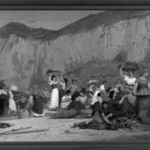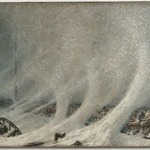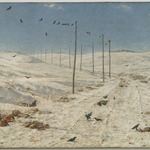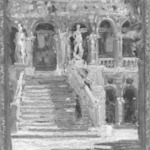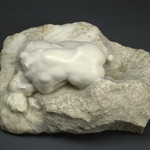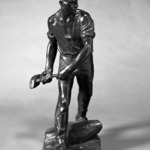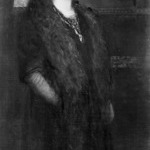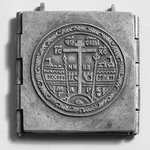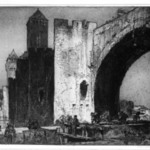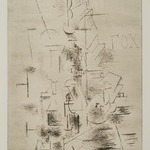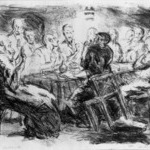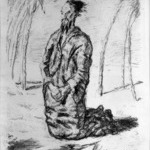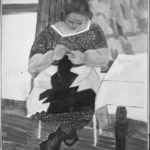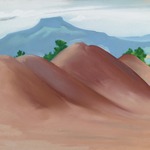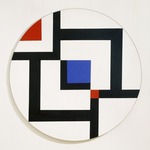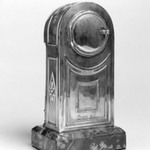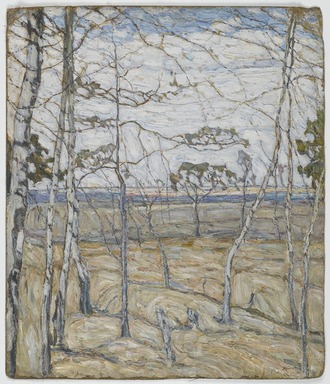
Birch Trees
Abraham Manievich
European Art
Abraham Manievich depicts a landscape through a screen of birch trees, whose branches form a delicate web across the cloudy sky. His thickly applied paint, which seems to flatten objects and space, demonstrates his interest in Paul Cézanne and other modernists, whose works were well known in Russia.
After his son was killed in 1919 during an organized massacre of Jews in Kyiv, Manievich left Kyiv and immigrated to New York City.
After his son was killed in 1919 during an organized massacre of Jews in Kyiv, Manievich left Kyiv and immigrated to New York City.
MEDIUM
Oil on canvas
DATES
1911
DIMENSIONS
31 5/8 × 26 15/16 in. (80.3 × 68.4 cm)
frame: 33 × 28 3/8 × 2 1/4 in. (83.8 × 72.1 × 5.7 cm) (show scale)



SIGNATURE
Signed and dated lower right: "Maniewitch/1911"
COLLECTIONS
European Art
ACCESSION NUMBER
24.63
CREDIT LINE
Museum Collection Fund
MUSEUM LOCATION
This item is not on view
CAPTION
Abraham Manievich (Mscislau, present–day Belarus (former Russian Empire), 1881 – 1942, Bronx, New York). Birch Trees, 1911. Oil on canvas, 31 5/8 × 26 15/16 in. (80.3 × 68.4 cm). Brooklyn Museum, Museum Collection Fund, 24.63 (Photo: Brooklyn Museum, 24.63_PS1.jpg)
IMAGE
overall, 24.63_PS1.jpg. Brooklyn Museum photograph, 2007
"CUR" at the beginning of an image file name means that the image was created by a curatorial staff member. These study images may be digital point-and-shoot photographs, when we don\'t yet have high-quality studio photography, or they may be scans of older negatives, slides, or photographic prints, providing historical documentation of the object.
RIGHTS STATEMENT
No known copyright restrictions
This work may be in the public domain in the United States. Works created by United States and non-United States nationals published prior to 1923 are in the public domain, subject to the terms of any applicable treaty or agreement.
You may download and use Brooklyn Museum images of this work. Please include caption information from this page and credit the Brooklyn Museum. If you need a high resolution file, please fill out our online application form (charges apply).
The Museum does not warrant that the use of this work will not infringe on the rights of third parties, such as artists or artists' heirs holding the rights to the work. It is your responsibility to determine and satisfy copyright or other use restrictions before copying, transmitting, or making other use of protected items beyond that allowed by "fair use," as such term is understood under the United States Copyright Act.
The Brooklyn Museum makes no representations or warranties with respect to the application or terms of any international agreement governing copyright protection in the United States for works created by foreign nationals.
For further information about copyright, we recommend resources at the United States Library of Congress, Cornell University, Copyright and Cultural Institutions: Guidelines for U.S. Libraries, Archives, and Museums, and Copyright Watch.
For more information about the Museum's rights project, including how rights types are assigned, please see our blog posts on copyright.
If you have any information regarding this work and rights to it, please contact copyright@brooklynmuseum.org.
RECORD COMPLETENESS
Not every record you will find here is complete. More information is available for some works than for others, and some entries have been updated more recently. Records are frequently reviewed and revised, and we welcome any additional information you might have.


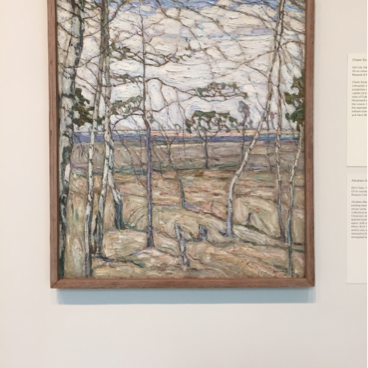
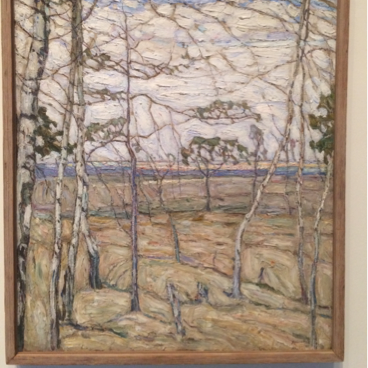
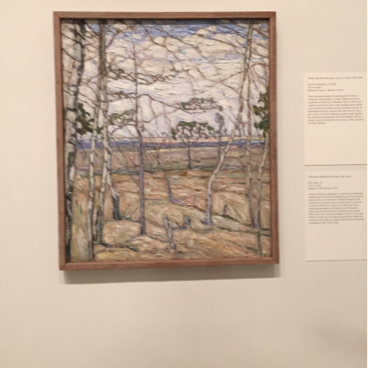
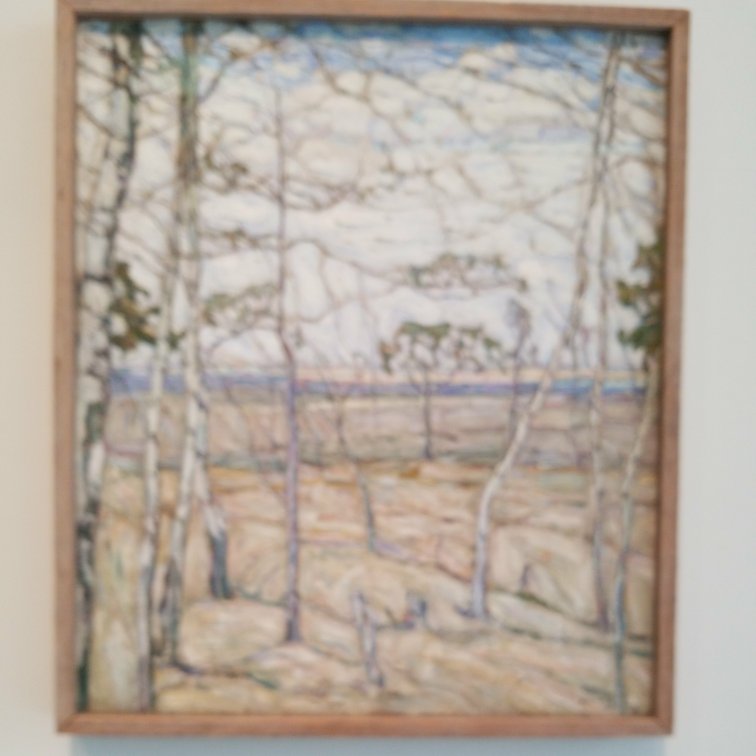


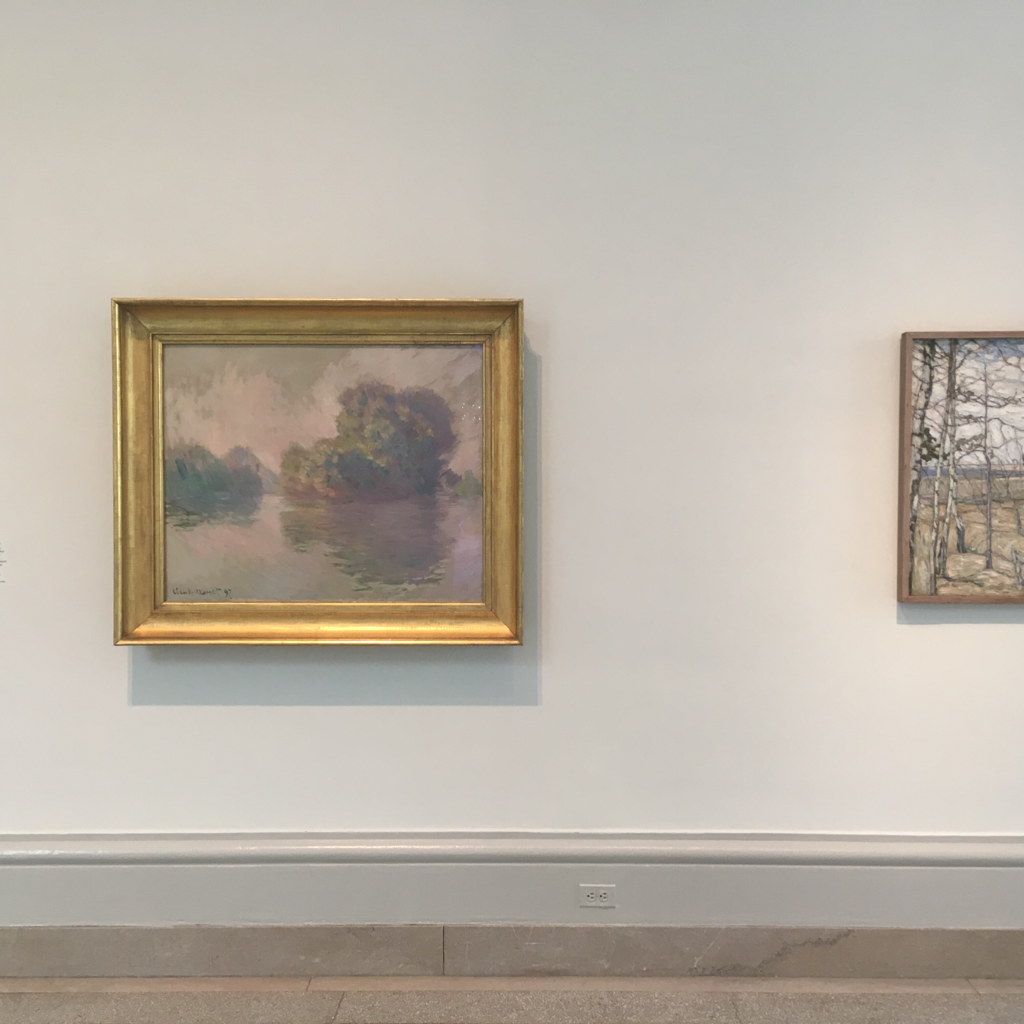
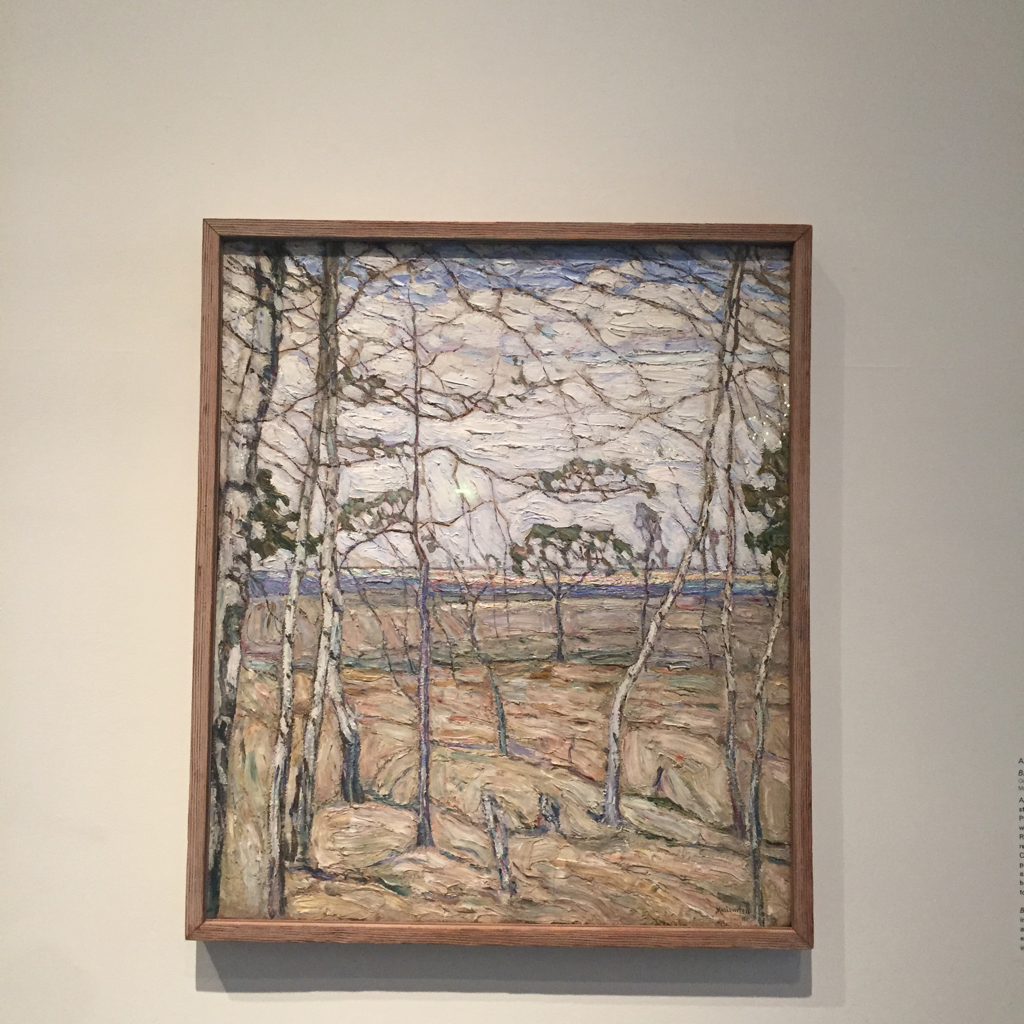
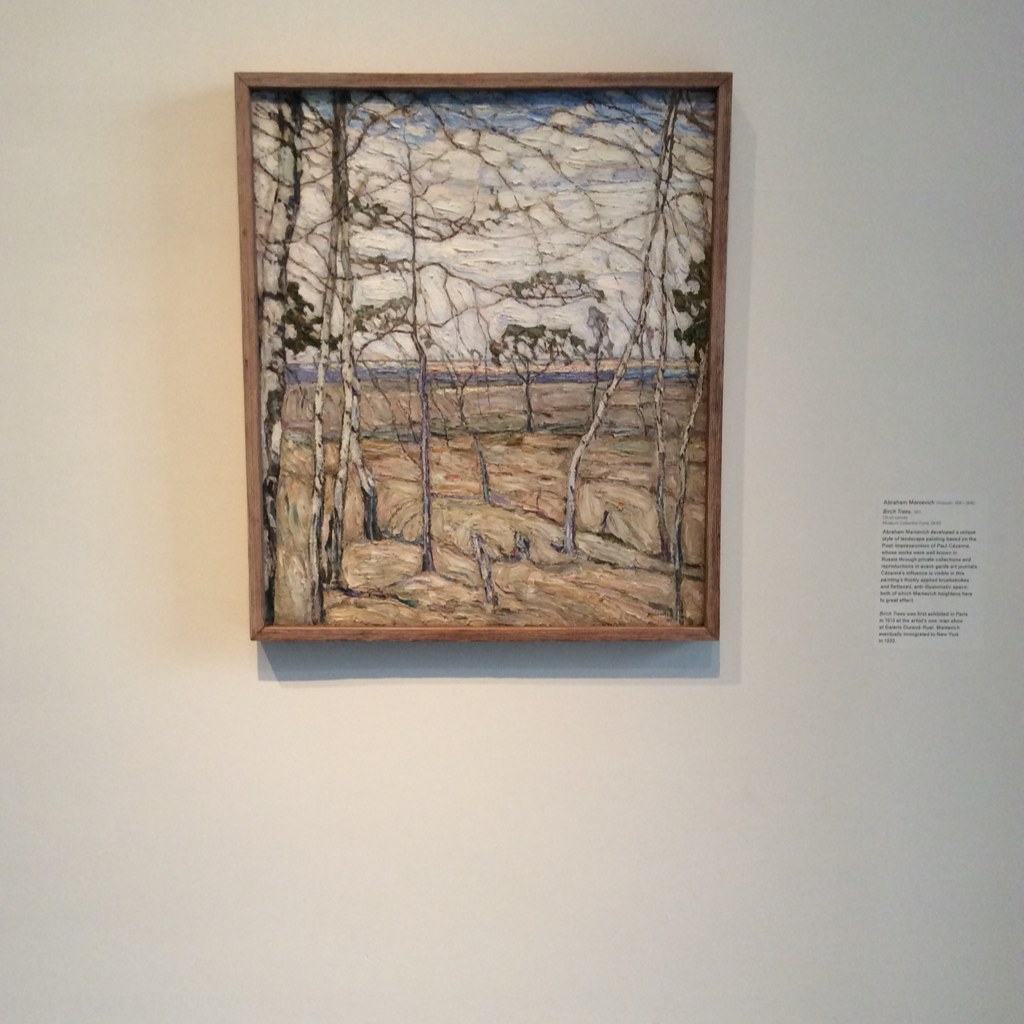
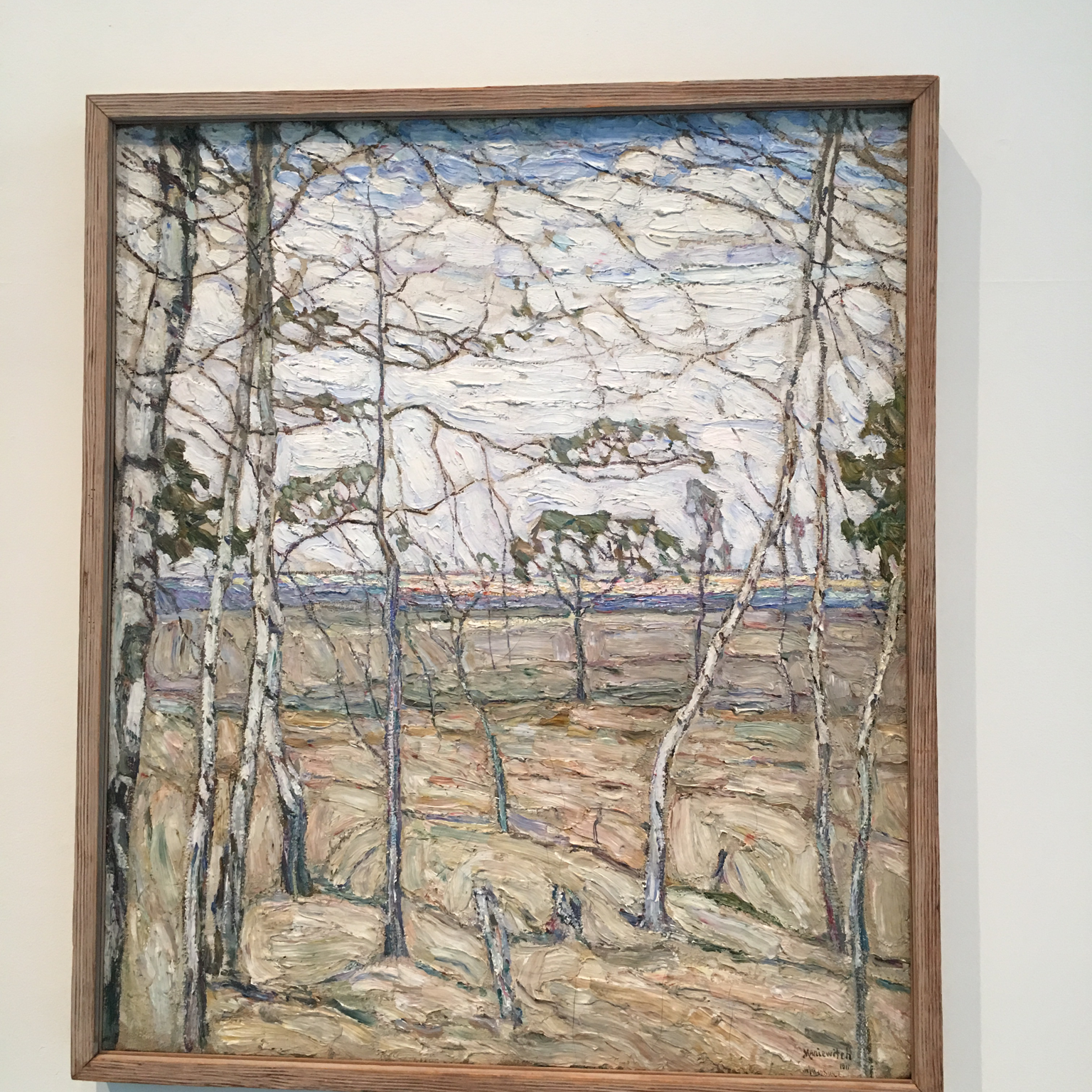
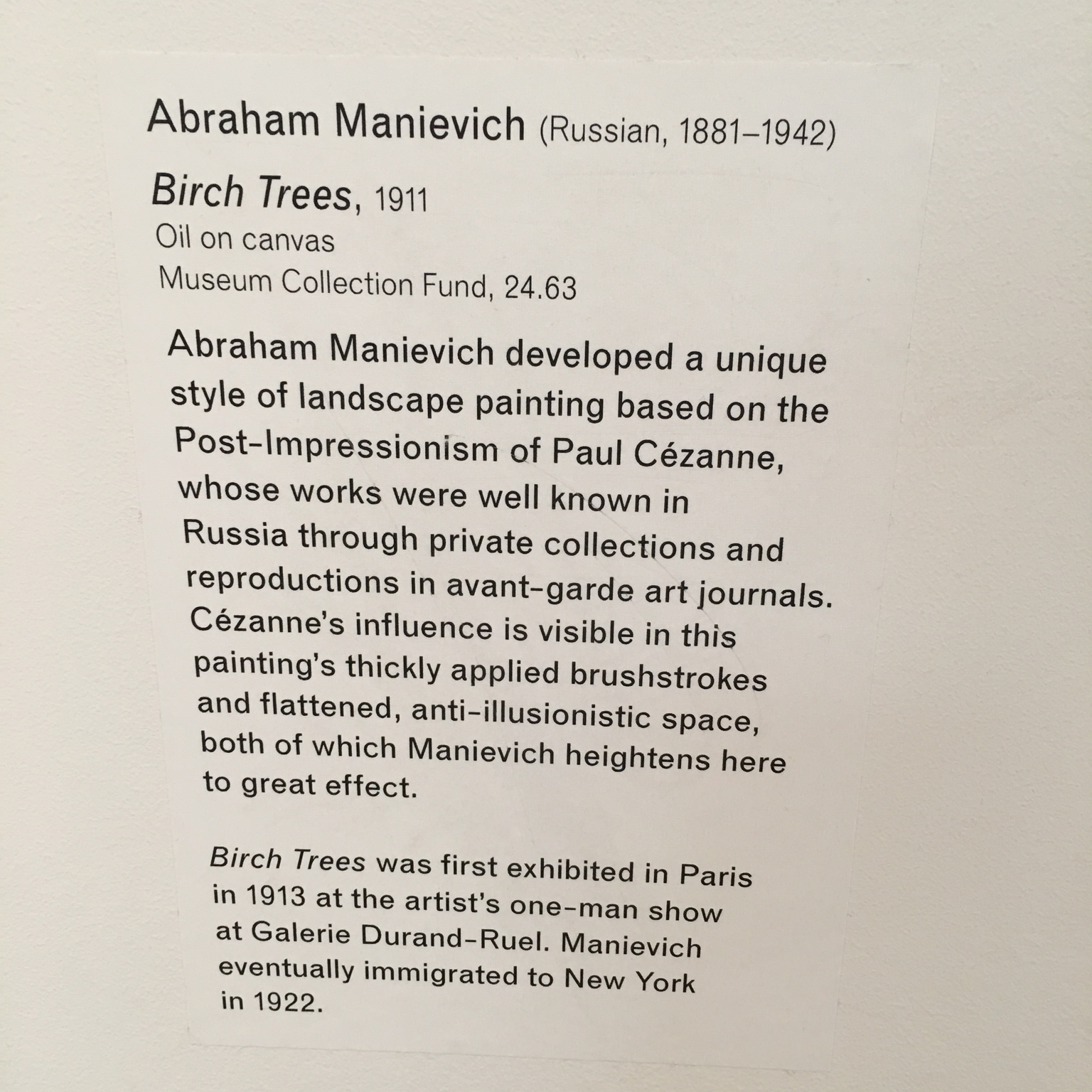
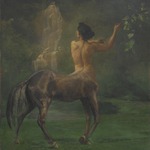
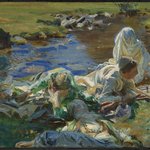
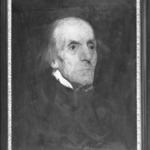
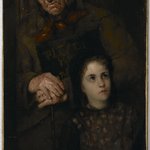

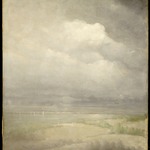
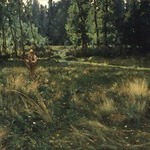
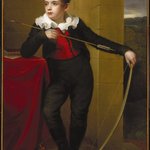
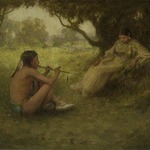
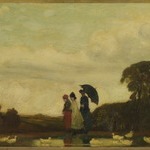
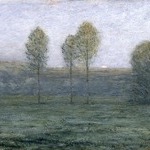

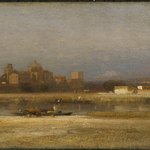
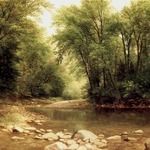
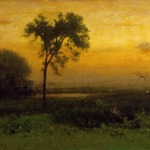
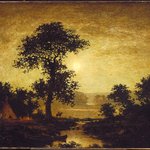
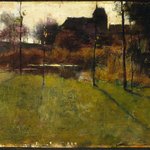

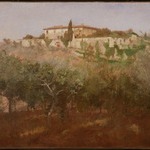
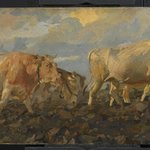
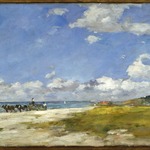
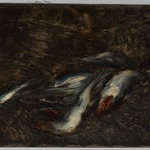
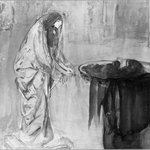
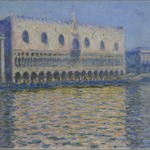
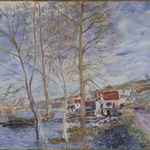
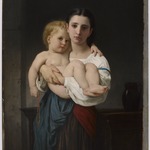

![Portrait of Mlle Fiocre in the Ballet "La Source" (Portrait de Mlle...E[ugénie] F[iocre]: à propos du ballet "La Source")](https://d1lfxha3ugu3d4.cloudfront.net/images/opencollection/objects/size2_sq/21.111_PS11.jpg)
